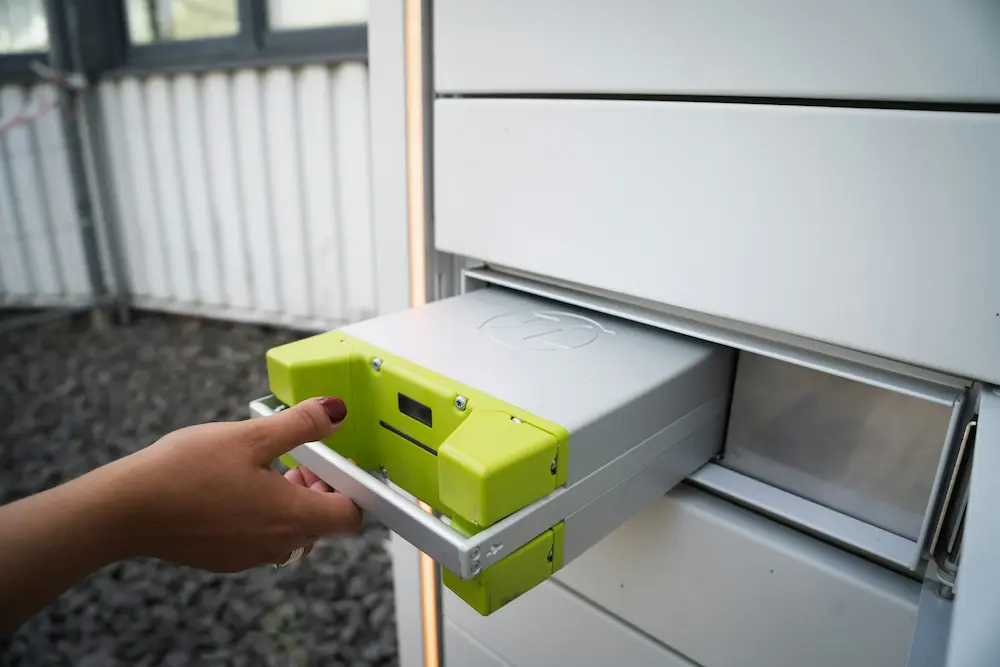Batteries are the lifeblood of countless electronic devices, vehicles, and renewable energy systems, providing the energy needed to power our modern world. However, over time, batteries can lose their ability to hold a charge efficiently, leading to diminished performance and reliability. Conducting a comprehensive battery capacity test is essential for assessing the health and performance of batteries, enabling users to make informed decisions about their usage and maintenance. In this guide, we’ll explore the key steps involved in conducting a comprehensive battery capacity test, from understanding battery capacity to analyzing test results and optimizing performance.
Understand Battery Capacity
Understanding battery capacity is crucial for effectively managing energy storage systems and optimizing battery performance. Battery capacity refers to the amount of energy that a battery can store and deliver under specific conditions, typically measured in ampere-hours (Ah) or watt-hours (Wh). It is a fundamental parameter that determines the runtime and performance of battery-powered devices, from smartphones to electric vehicles. Several factors can influence battery capacity, including the battery’s chemistry, temperature, age, and usage patterns. By gaining a deeper understanding of battery capacity and the factors that affect it, researchers, engineers, and end-users can make informed decisions regarding battery selection, usage, and maintenance, ultimately maximizing the efficiency and longevity of battery-powered systems.
Select the Right Testing Method
There are various methods for testing battery capacity, each with its advantages and limitations. One common method is discharge testing, where the battery is discharged at a constant rate until it reaches a specified endpoint voltage. Another method is impedance testing, which measures the internal resistance of the battery to assess its health and performance. Coulomb counting, on the other hand, involves measuring the amount of charge flowing in and out of the battery to determine its capacity. When selecting a testing method, it’s essential to consider factors such as the type of battery being tested, the desired level of accuracy, and the available testing equipment. By choosing the most suitable testing method for the application at hand, users can obtain accurate and reliable capacity test results.
Prepare for Testing
Before conducting a capacity test, it’s essential to prepare the battery and testing equipment properly. In the same vein, before initiating battery cell testing, thorough preparation is essential to ensure accurate and reliable results. This includes several crucial steps such as calibrating testing equipment, ensuring the battery is fully charged and conditioned, and considering environmental factors like ambient temperature. Additionally, safety precautions should be in place to mitigate any potential risks during the testing process.
By taking the time to prepare adequately, users can minimize the likelihood of errors and obtain more reliable test results.
Perform the Capacity Test
With the battery and testing equipment prepared, it’s time to perform the capacity test. Depending on the chosen testing method, this may involve discharging the battery at a constant rate, measuring its impedance, or monitoring the flow of charge in and out of the battery. Throughout the test, users should carefully monitor parameters such as voltage, current, and discharge rate to ensure that the test is performed accurately and safely. Once the test is complete, users can record the test data and proceed to analyze the results.
Analyze and Interpret Results
Analyzing and interpreting the results of battery capacity testing is a critical step in understanding the performance and health of a battery. Upon completing the capacity test, it’s essential to carefully review the data collected during the testing process. This includes parameters such as voltage, current, and discharge rate, which provide valuable insights into the battery’s behavior under specific conditions. By analyzing these parameters, researchers and engineers can assess the battery’s capacity, efficiency, and overall performance accurately.
Once the data has been analyzed, it’s time to interpret the results to draw meaningful conclusions about the battery’s condition. This may involve comparing the test results to the battery’s specifications or industry standards to determine whether it meets performance criteria. Additionally, researchers may look for any anomalies or deviations in the test data that may indicate potential issues with the battery’s health or performance. By interpreting the results of battery capacity testing thoughtfully, researchers and engineers can gain valuable insights into the battery’s behavior, enabling them to make informed decisions about its usage, maintenance, and optimization.
Troubleshooting and Optimization
Troubleshooting and optimization are essential steps following battery capacity testing, especially when anomalies or performance issues are identified. If the test results reveal discrepancies or unexpected behavior, it’s crucial to investigate the root cause of the problem. This may involve conducting additional tests to identify specific issues such as overcharging, undercharging, or improper storage conditions. By pinpointing the underlying cause of the problem, researchers and engineers can develop targeted solutions to address it effectively and restore the battery’s performance.
Once the issues have been identified and addressed, optimization efforts can begin to enhance battery performance and longevity. This may include implementing changes to charging protocols, adjusting operating parameters, or optimizing storage conditions to maximize the battery’s efficiency and lifespan. Additionally, ongoing monitoring and maintenance are essential to ensure that the battery continues to perform optimally over time. By troubleshooting and optimizing battery performance following capacity testing, researchers and engineers can extend the lifespan of battery-powered systems and improve overall reliability and efficiency.
Case Studies and Examples
To illustrate the importance of battery capacity testing in real-world applications, let’s explore a few case studies and examples. For instance, in the automotive industry, battery capacity testing is essential for assessing the performance and range of electric vehicles (EVs) and hybrid electric vehicles (HEVs). By conducting comprehensive capacity tests, automakers can ensure that their vehicles meet performance standards and provide reliable transportation for consumers. Similarly, in the renewable energy sector, battery capacity testing is critical for evaluating the performance and reliability of energy storage systems (ESS) used in solar and wind power installations. By accurately assessing battery capacity, renewable energy operators can optimize energy storage, improve system efficiency, and maximize return on investment.

Conducting a comprehensive battery capacity test is essential for assessing the health and performance of batteries used in various applications, from electronic devices to electric vehicles and renewable energy systems. By understanding battery capacity, selecting the right testing method, preparing for testing, performing the test accurately, analyzing the results, and optimizing battery performance, users can ensure reliable operation and maximize the lifespan of their batteries. With proper testing and maintenance, batteries can continue to provide efficient and reliable energy storage, supporting a wide range of technological advancements and sustainable solutions for years to come.

